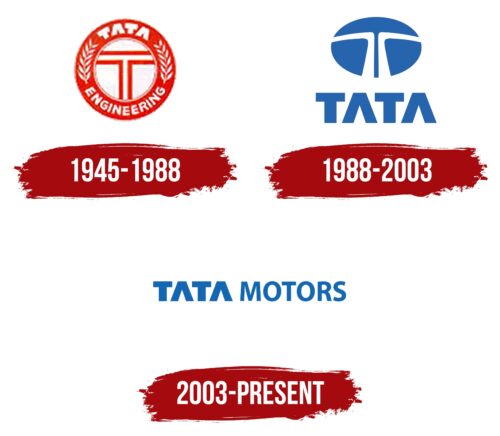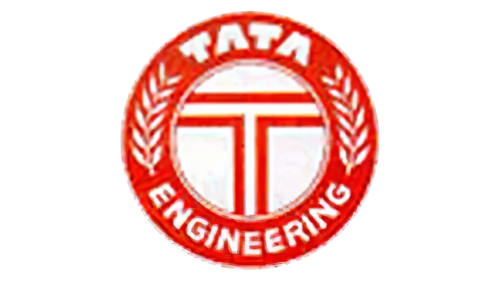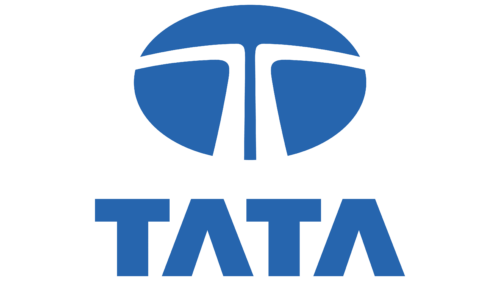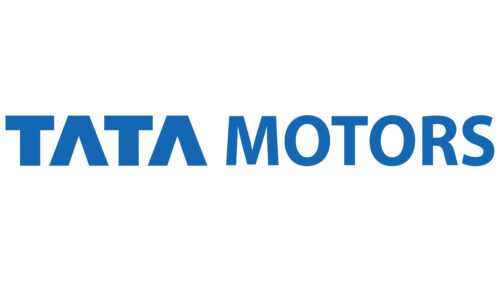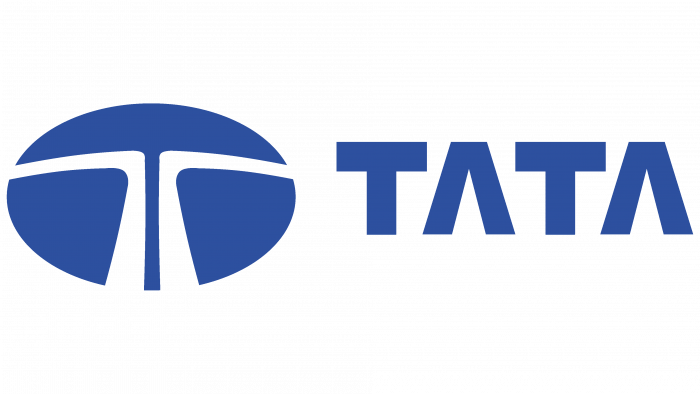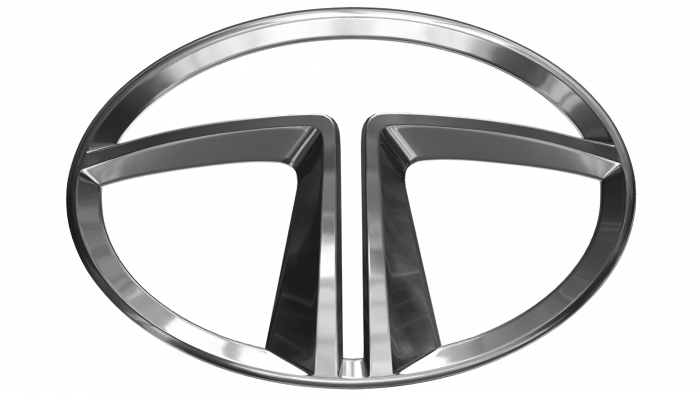The Tata logo demonstrates an extensive business segment and a diversified line of work. The emblem shows: no matter what the company undertakes, its path is clear and confident. A professional approach helps to achieve success in all endeavors.
Tata: Brand overview
| Founded: | 1868 |
| Founder: | Jamsedji Tata |
| Headquarters: | Mumbai, Maharashtra, India |
| Website: | tata.com |
Tata Group is associated with more than a hundred companies that operate in various industries, including automotive, steel, power, consulting, hospitality, computer manufacturing, and consumer goods trade. The foundation for a transnational conglomerate was laid in 1868 in India. It was then that Jamsetji Tata opened a weaving business. In 1945, a research organization joined him. And in 1986 a passenger car was produced. This is the merit of the Tata Motors division, which was engaged in locomotives and commercial vehicles.
The first airlines, the first luxury hotel, and the first steel mill in India belong to the Tata Group. It is a very influential organization run by the same family. When Jchangir Ratanji Dadabhoy Tata was in charge of the business, he expanded his business to include many products, from cars to tea.
In 1991, Ratan Naval Tata took over the leadership position. His dream was to restructure the conglomerate, which he did, choosing seven main directions. Part of the global change was an identity renewal initiated in mid-1998. This is how the Tata Group got its famous “T” logo in an oval. Over the next two years, it spread to all types of goods and services. The logos of the companies part of the organization also contain this symbol but differ in design.
Meaning and History
In the Tata logos, the theme of roads is intertwined with the automotive company’s name. This is facilitated by the letter “T,” which has the shape of a road junction. Designers depicted it as parallel ribbons divided into two separate branches. They form the top bar of the first glyph of the brand name.
1945 – 1988
The emblem looks like a seal and contains a central and outer part. It has the shape of a classic rondel with an accent middle and several rings. A key place is given to the first letter of the automotive company’s name. It consists of several lines in red and white, reminiscent of the roadway layout of the street and repeating the shape of a T-junction. At the top of the wide ribbon is the word “Tata,” which is set in bold capital letters. At the bottom is the inscription “Engineering.” She is lean and skinny. On the right and the left, they are separated by laurel branches.
1988 – 2003
The designers combined the image of the road with a capital “T,” which stands out clearly against the cobalt background. Moreover, the glyph outlines are visible in negative space – in the gap between the umbrella and the two side triangles. The background is an oval. Below is the name of the car company, made in massive letters. The “A” lacks an internal crossbar, which adds to the logo’s originality.
2003 – today
The main mark was designed by the UK agency Wolff Olins. It shares its structure with the old logo of the Indica passenger car brand, which the Tata Motors division owns. The original version contained the usual “T” in a ring. After the rebranding, the symbol acquired the author’s stylization: “T” began to look like two white lines bent at an acute angle and aligned inside a blue oval. At the bottom is the word “TATA,” written in an individual font.
This badge has adorned the radiator grilles of all vehicles, including passenger and commercial vehicles. In 2021, a special edition Founders Edition was introduced with a redesigned logo: a sedan, hatchbacks, and two SUVs. The limited-edition is intended only for Tata Group employees, so there is no talk of a global redesign.
The T-shaped symbol can be interpreted in different ways. According to one version, it denotes an unbending tree firmly held by its roots to the ground. Moreover, the shape of the umbrella suggests that you can hide under its crown, having found the necessary protection. Others see “T” as two streams of a fountain and consider it a source of valuable knowledge. It is also believed that lines with rounded corners represent adaptability, flexibility, and smoothness. It is a universal emblem, as it is used for cars and other Tata Group products – from chemicals to mineral water.
Tata: Interesting Facts
The Tata Group, founded by Jamsetji Tata in 1868, is a huge company from India that does business worldwide. It’s one of the most well-known and respected business groups out there.
- Wide Range of Businesses: Tata operates in over 100 countries and has a variety of businesses, including steel, cars, technology, beverages, hotels, and airlines. Its ability to do well in many areas is a big reason for its success.
- A Key Figure in India’s Growth: Jamsetji Tata is called the “Father of Indian Industry” because he started India’s move towards industrialization. He opened the country’s first steel mill and hydroelectric plant.
- Big in Cars: Tata Motors, part of Tata Group, is one of the biggest car manufacturers in the world. It owns famous brands like Jaguar and Land Rover, showing Tata’s global reach.
- Steel Leader: Tata Steel is a top steel producer and became even bigger in 2007 when it bought Corus Group, a major European steel company. This was a huge deal that made Tata a global leader in steel.
- Tech Innovator: Tata Consultancy Services (TCS) is a leading company in IT services and solutions, proving Tata’s strength in technology.
- Committed to Doing Good: The Tata Group is known for being ethical and focusing on social responsibility. Many of its shares are owned by charitable trusts supporting education, the environment, and community projects.
- Supporting Education: Tata has helped start some of India’s best educational institutions, such as the Indian Institute of Science and Social Sciences.
- Environmentally Friendly: Tata is serious about being green, with efforts like Tata Steel working on cutting carbon emissions and Tata Power investing in renewable energy.
- Space and Science Contributions: The Tata Institute of Fundamental Research has been key to India’s space program and atomic energy development, showing Tata’s role in advancing science and technology.
- A Historic Hotel: The Taj Mahal Palace Hotel in Mumbai, opened by Tata in 1903, is a famous landmark and was the first building in Bombay to have electricity. It shows Tata’s early influence in the hospitality sector.
Tata’s growth from a single mill in Mumbai to a global force shows its vision, innovation, and commitment to ethical and sustainable business. Beyond making money, Tata has made big contributions to society, education, and the environment.
Font and Colors
Typography draws as much attention as a futuristic symbol in a circle. The font is similar to the neo-grotesque Helvetica, but without the horizontal strokes on both “A” letters. The inscription has been converted to upper case and has a bold style. This makes it visible against the background of the one-color badge because all elements of the Tata Group logo are painted blue. The chosen shade conveys the confidence and strength of a transnational conglomerate.
Tata color codes
| YInMn Blue | Hex color: | #486aae |
|---|---|---|
| RGB: | 72 106 174 | |
| CMYK: | 59 39 0 32 | |
| Pantone: | PMS 7683 C |

